How to Spot Signs of Illness in Cats
Learn how to spot signs of illness in cats, from behavioral changes to physical symptoms. Discover tips for keeping your feline healthy and when to visit a vet.
The Doctor
12/16/20244 min read
Cats are experts at hiding discomfort, which can make it challenging for owners to detect when something is wrong. Recognizing early signs of illness is critical to ensuring your cat receives prompt medical attention. In this article, we’ll guide you through the key indicators of illness in cats, what they might mean, and how to act quickly to safeguard your feline’s health.
1. Behavioral Changes
Changes in behavior are often the first sign that something is wrong with your cat.
What to Look For:
Lethargy: If your typically active cat becomes unusually tired or uninterested in playing, it may indicate illness.
Aggression or Hiding: Increased irritability or hiding more often can signal pain or stress.
Vocalization Changes: Excessive meowing, growling, or unusual silence can suggest discomfort or distress.


2. Changes in Appetite or Weight
A cat’s eating habits and weight are strong indicators of their overall health.
Red Flags:
Loss of Appetite: A sudden lack of interest in food could indicate issues such as dental problems, gastrointestinal distress, or more serious illnesses like kidney disease.
Increased Appetite: While less common, an unusually strong appetite may be a symptom of diabetes or hyperthyroidism.
Weight Loss/Gain: Rapid weight changes, even if your cat’s appetite seems normal, warrant a vet visit.
Learn more about "Cat Nutrition and Healthy Weight Management."
3. Coat and Skin Health
Your cat’s coat and skin can provide valuable clues about their health.
Signs to Watch For:
Dull or Greasy Fur: Cats usually maintain a clean and shiny coat. A sudden decline in grooming habits may indicate illness.
Excessive Shedding or Bald Patches: These can be symptoms of stress, allergies, or skin infections.
Sores or Scabs: Skin abnormalities, such as sores or scabs, may point to parasites, allergies, or fungal infections.

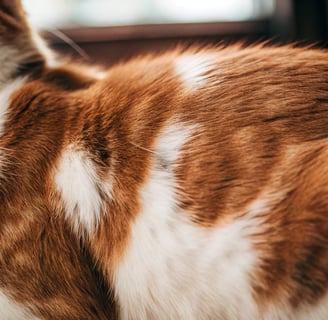
Learn more about skin and coat issues in cats from VCA Animal Hospitals.
4. Litter Box Habits
Changes in your cat’s litter box behavior can often reveal underlying health problems.
Warning Signs:
Frequent Urination: Could indicate a urinary tract infection (UTI) or diabetes.
Straining or Crying During Elimination: This is often a sign of urinary blockages, which can be life-threatening.
Diarrhea or Constipation: Persistent gastrointestinal issues should never be ignored.
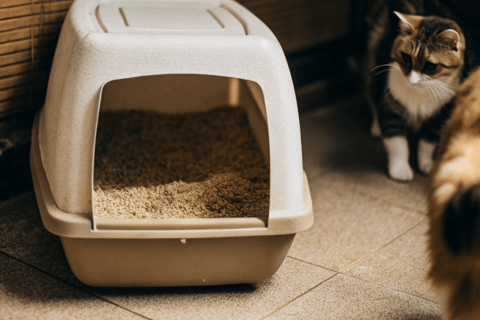

Learn more about "How to Maintain a Clean Litter Box for Your Cat."
5. Breathing or Vocal Changes
Your cat’s breathing and vocal patterns can reveal respiratory or other systemic issues.
Symptoms to Monitor:
Wheezing or Labored Breathing: Could indicate asthma, allergies, or heart problems.
Coughing or Sneezing: Persistent coughing may signal respiratory infections or conditions like bronchitis.
Change in Meowing: Hoarseness or changes in vocal tone may suggest throat or respiratory issues.

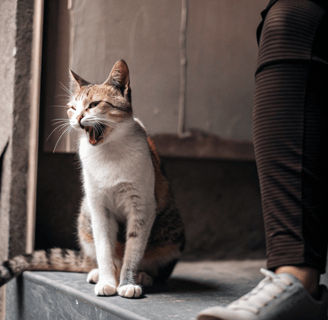
6. Eye and Ear Health
Healthy eyes and ears are critical to your cat’s overall well-being.
Eye Issues:
Redness, cloudiness, or discharge can signal infections or injuries.
Squinting may indicate pain or irritation.
Ear Problems:
Frequent scratching, head shaking, or dark earwax might suggest mites or infections.
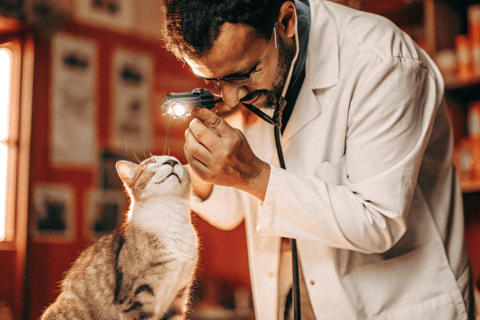

Learn more about "How to Groom and Clean Your Cat’s Eyes and Ears."
7. Vomiting or Excessive Thirst
Occasional vomiting is not uncommon in cats, but frequent vomiting or other changes in drinking habits can point to underlying issues.
Causes to Consider:
Frequent Vomiting: Could indicate food allergies, infections, or organ problems.
Increased Thirst: Excessive drinking may be a symptom of kidney disease or diabetes.
Pro Tip: Monitor how much water your cat drinks daily to spot unusual changes.


8. Sudden Changes in Mobility
A cat struggling with movement or showing signs of stiffness might have an injury or arthritis.
Signs to Watch:
Limping or difficulty jumping.
Reluctance to climb stairs or play.
Swelling in joints or paws.
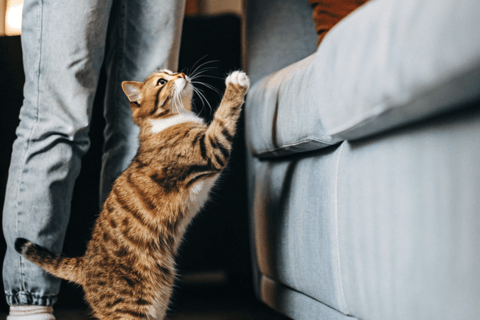

Conclusion
Spotting signs of illness in cats early is key to ensuring they receive the care they need. From changes in behavior to physical symptoms, always monitor your cat closely and consult your veterinarian if something seems off. Cats rely on us to advocate for their health, so don’t hesitate to act when you notice any concerning changes.
By staying vigilant and proactive, you can help your feline companion lead a happy, healthy life.
